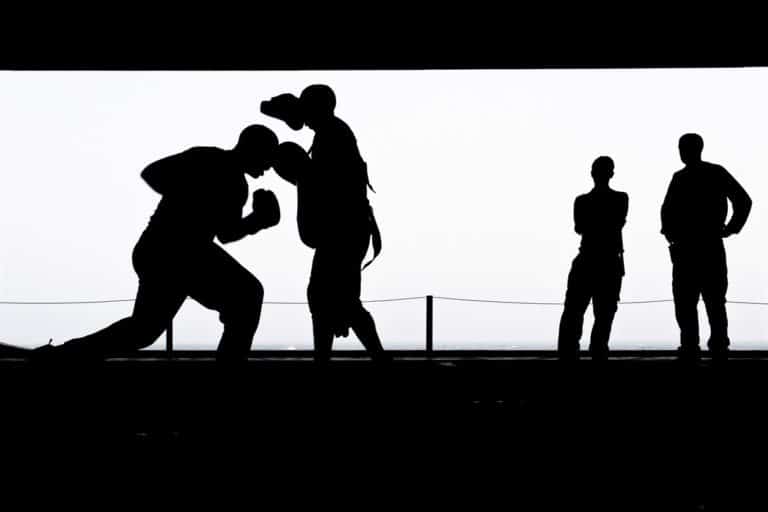I’ve recently finished a novel—truly finished, as in it’s departed copyediting and headed for page proofs—and I find myself in a familiar no-man’s-land, the space between books that surprises me every time with its overlarge helpings of exhaustion and despair. My book took a lot out of me; given the emptiness I now feel it seems that it took everything out of me, that all I am is a container for what goes into my fiction. The container is empty; the well is dry. I will write another book; I know this. And while I wait for the next project to make itself known, I will gear up for this book’s publication. I’ll start thinking about the book in new ways: as a story to tell (“How did you come up with the idea for this book?”), as a text to analyze (“Why do you think you had the youngest brother do what he does?”), and of course as a product to sell. My relationship with the book will change, and I will find it harder and harder to remember individual moments in the writing: the day, for example, when I hit on the structure via a lightning-bolt idea. I remember the moment (Oh, the relief!), but I’ve already forgotten what it was like before I saw the novel’s form laid out before me. What I thought during the not-knowing.
Today, as I sit and write this short essay on the writer’s craft, I’m remembering a day fairly early in the process, some time shortly after the idea for the structure came to me. I should explain that the structure is fairly complicated: ten sections that alternate between an omniscient narrator and four first-person narrators and also between the past and the present. I know, I know. But there it was: my way of dealing with the material in my mind, which at that point consisted of a family in Portola Valley, CA, near where I was born and raised and now live; their property and their house, which I could almost smell, it was so vivid to me; and what the kids would be like when they were grown and the youngest returned to the family fold and stirred things up. By then I knew that the father was a pediatrician, but I didn’t yet know that the mother was an aspiring artist. I knew I would call the book The Children’s Crusade. I already had some of the first person stuff, told by the grown children; it was the different false starts with those voices that had prompted the lightning bolt moment. I knew the book would open with a kind of prologue, set at the time of the parents’ meeting, in the 50s, and then begin in earnest in 1972. It was time to plunge in.
Four children. OK. I set them at the breakfast table and gave them a focus: it was the day of the family’s annual summer party. Writing with an omniscient narrator, a first for me, I wove in and out of the heads of these characters. I felt something akin to anxiety that in retrospect I can identify as excitement. What was going to happen on the day of the annual summer party? I had no idea. Sentences fell from my fingertips. I use “fell” deliberately; the sentences did not pour. They arrived in clumps, with pauses in between. Now what? The mother appeared—Who on earth is this shrew? I wondered, and kept writing—and the kids were sent outside with a paper towel full of burned cookies. They were mad. The oldest threw a cookie into the bushes and followed it. He bent over and looked at the ground, searching for the cookie. What the hell was I going to do with this? Should I back up? Forget throwing the cookie, forget the cookie altogether?
Since I had no other direction in mind, I kept the boy bent over, wandering through the shrubbery, until he spotted, lying on the ground…a dirty red bandana. I didn’t come up with the bandana until halfway through the sentence. I typed it, thought, Really? and kept going. Weeks later, when I finished the section, the red bandana organized the entire 75 pages. The plot revolved around the bandana. No one knew where it had come from—the author least of all—but it was essential.
I wrote the entire first draft of the book, over 500 pages, certain of the centrality of the red bandana. (I was a little fixated, to tell you the truth: an early warning sign, I now see.) When I was writing the ending of the novel and the red bandana didn’t appear—didn’t get its proper curtain call—I thought, Well, in the next draft I’ll add something.
I collected feedback on the book and began revising. My writers’ group and my editor had commented that the section containing the bandana seemed long, and as I began my work on that part of the book I thought I would trim some of the details. The children moved around a lot, and I figured I could take out a beat or two and all would be well.
Of course you know where this is going. I cut the red bandana. It served its purpose—got me from sentence to sentence, gave me a structure for the children as I wrote them into existence—and then, no longer needed, it revealed itself as the meaningless scrap of fabric I’d always, on some level, known it to be.
The moral of the story—the piece of advice or encouragement for aspiring writers—is composed of two parts. The first is: Let yourself go anywhere in a first draft; indulge the unlikeliest ideas. And the second is: Be willing to change everything when you revise. Write the red bandana. And then get rid of it.





















